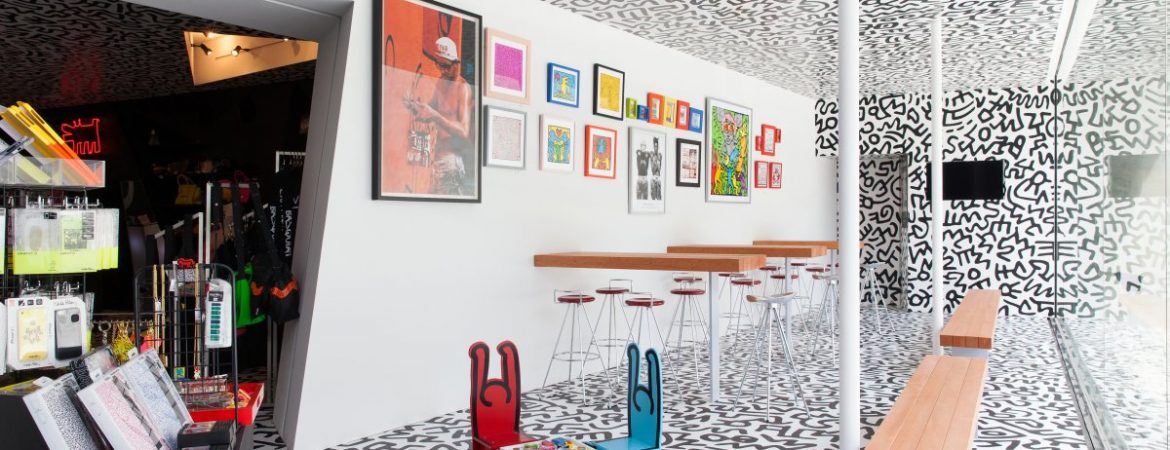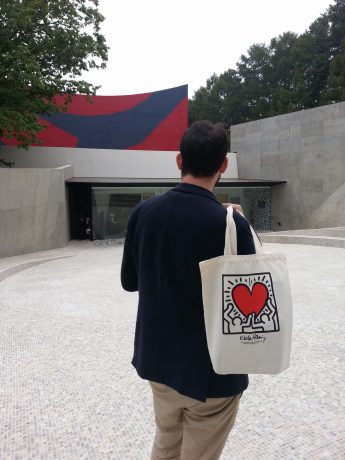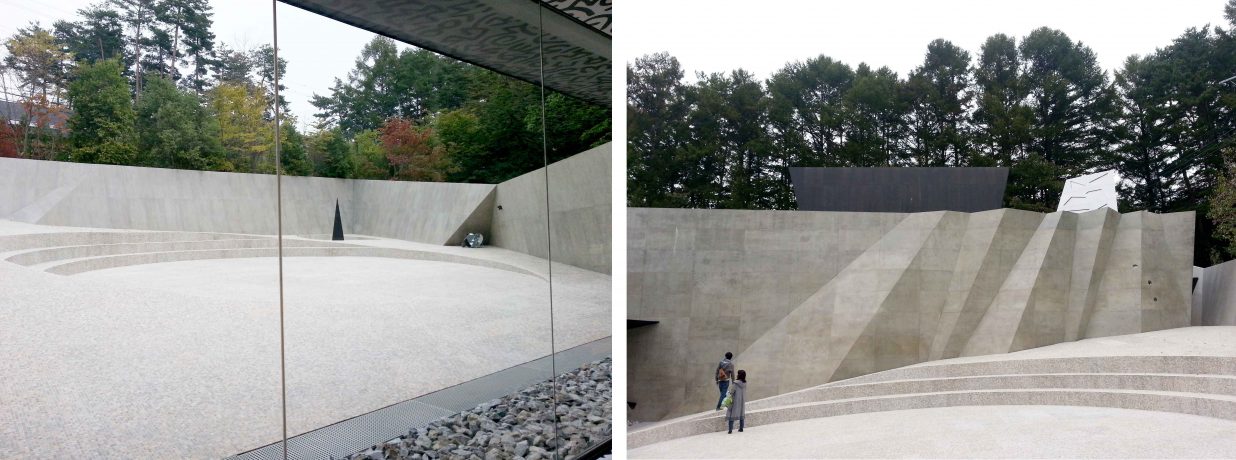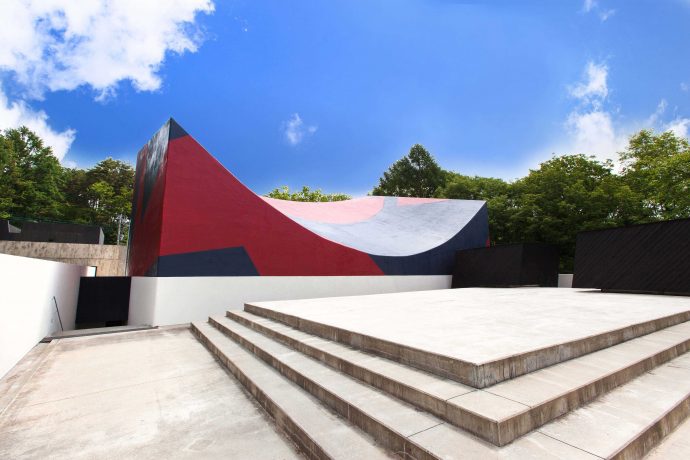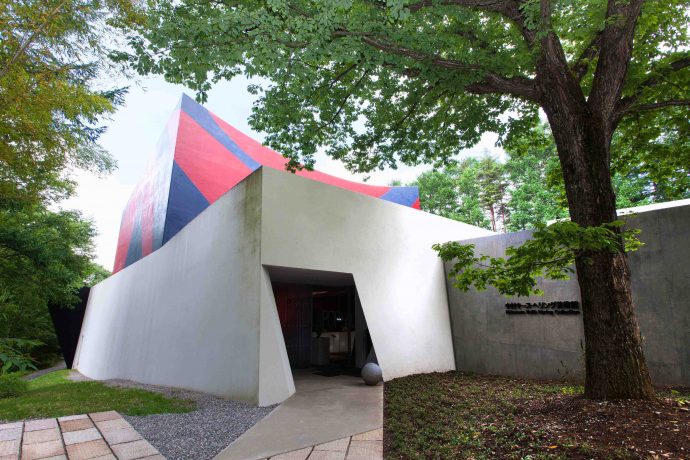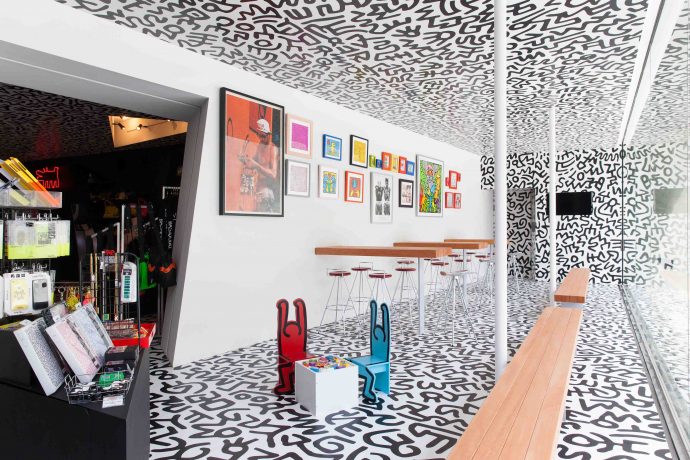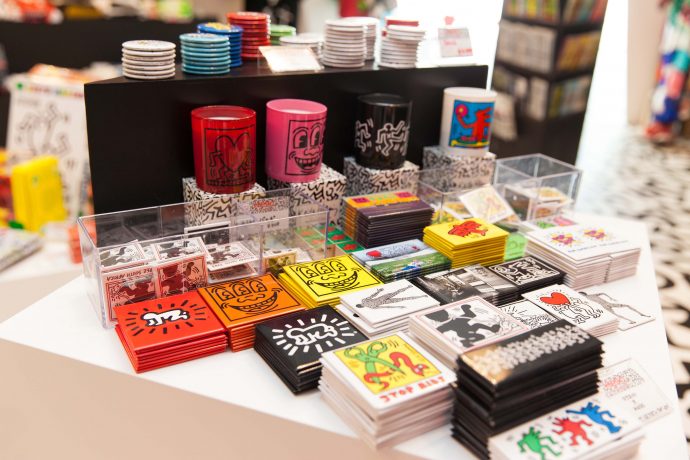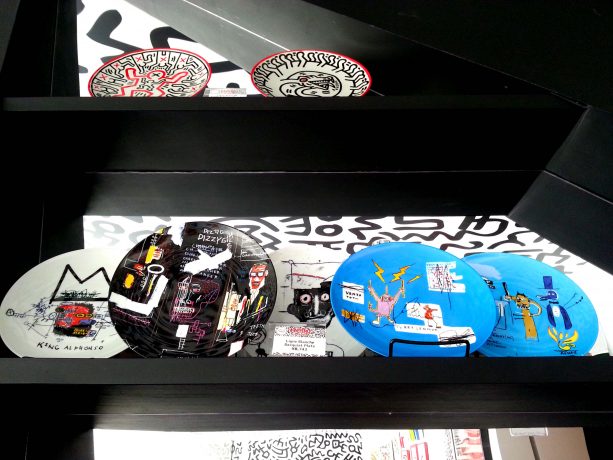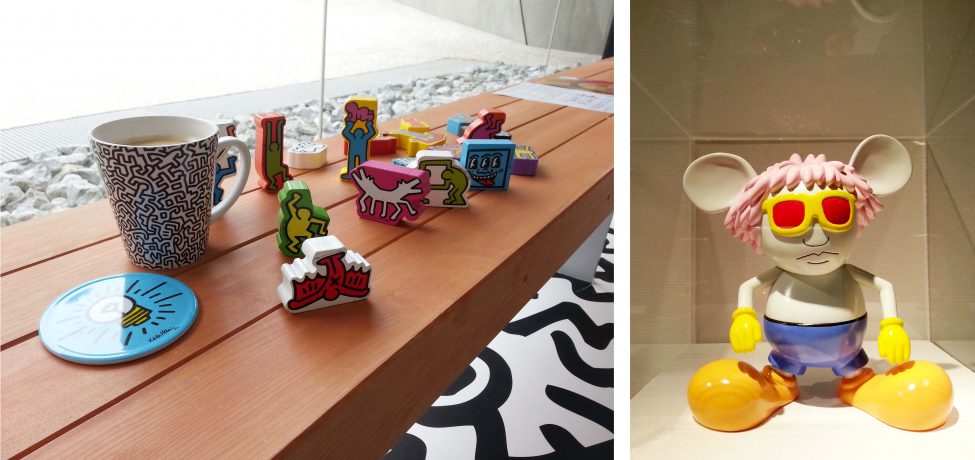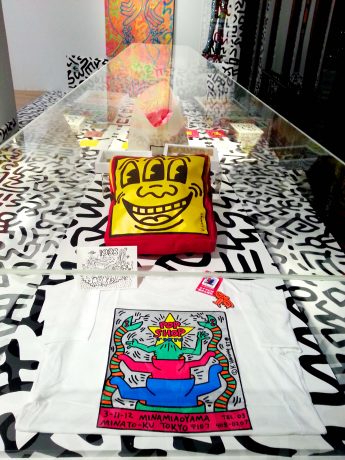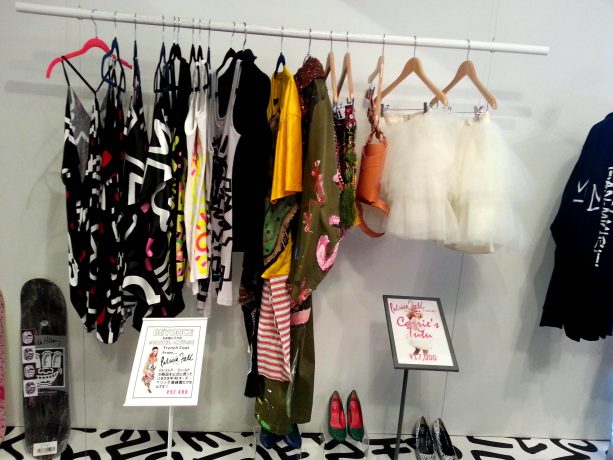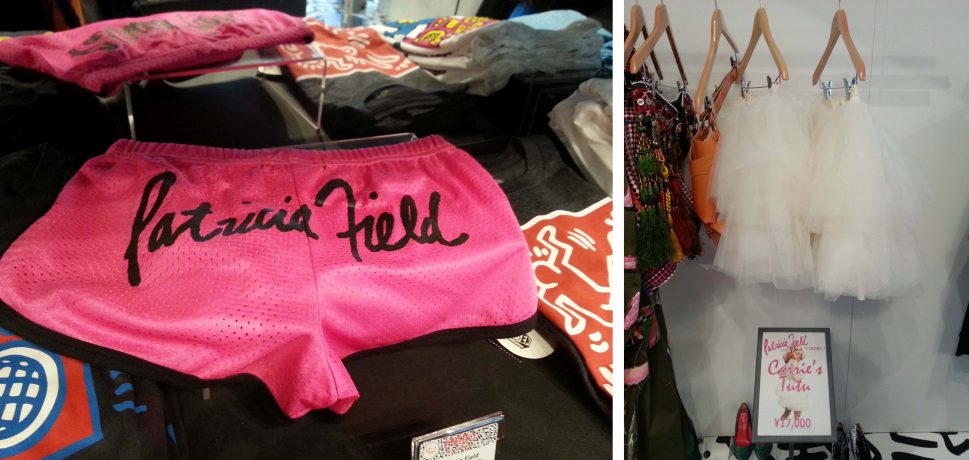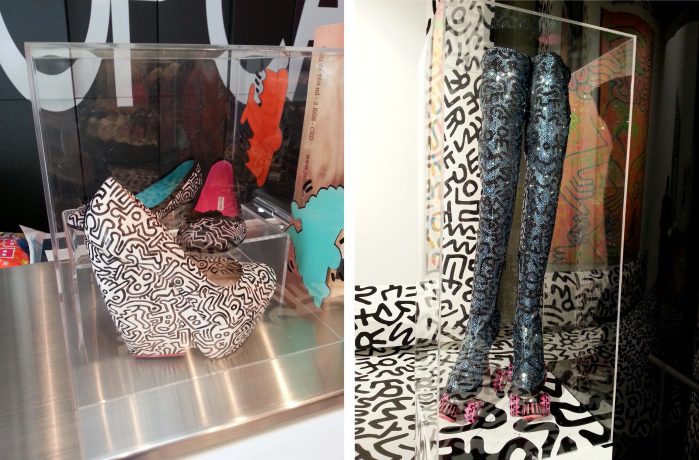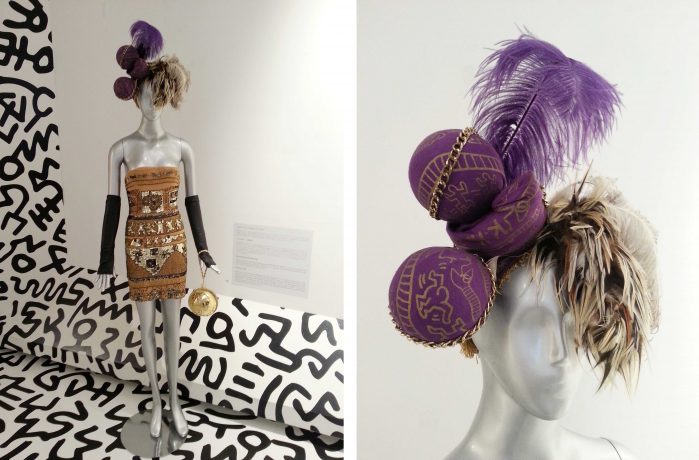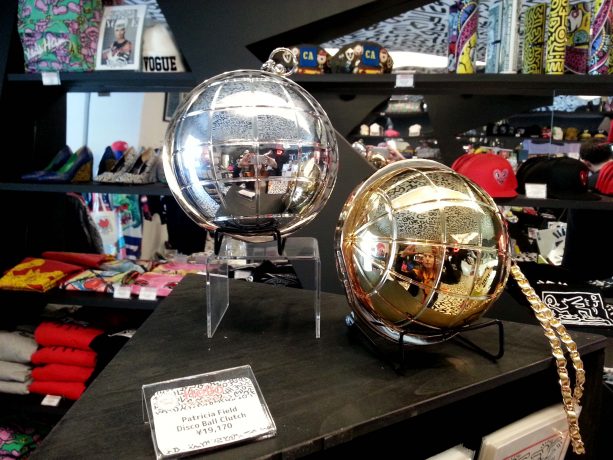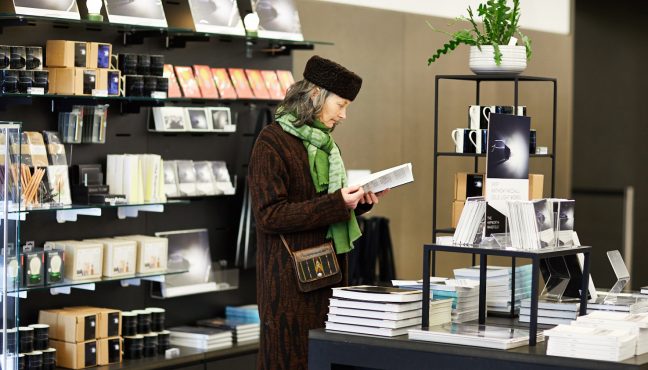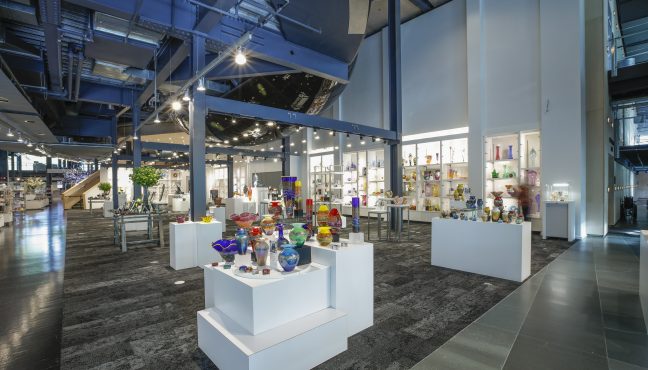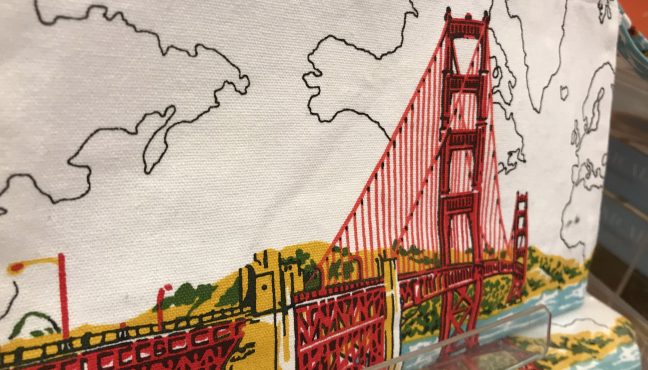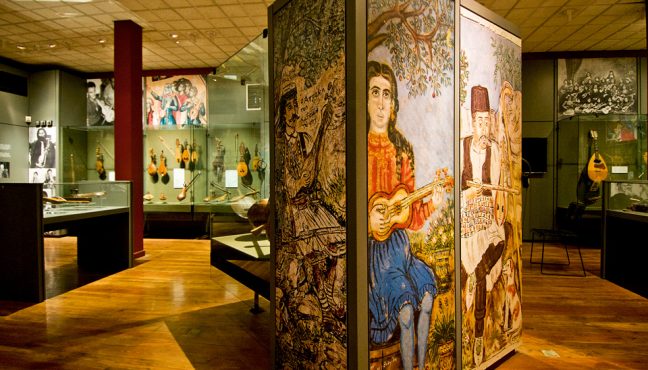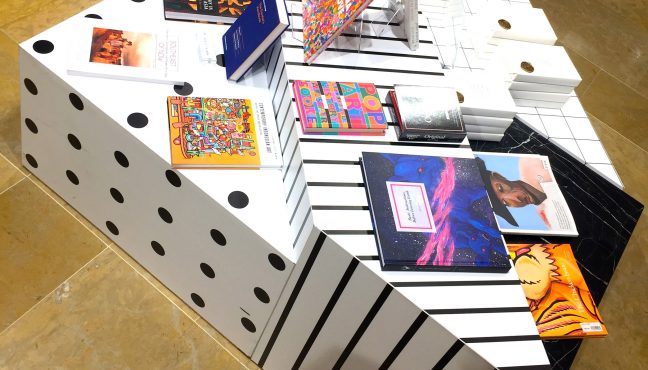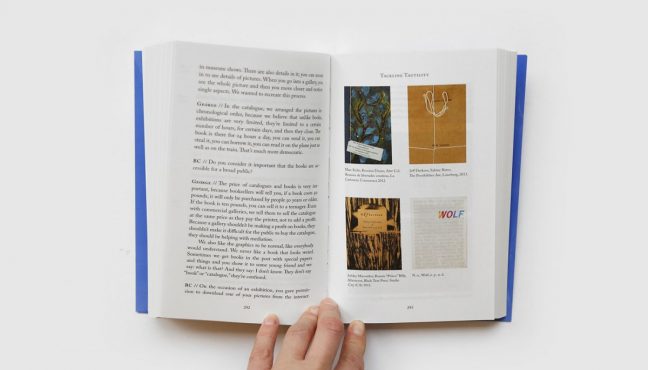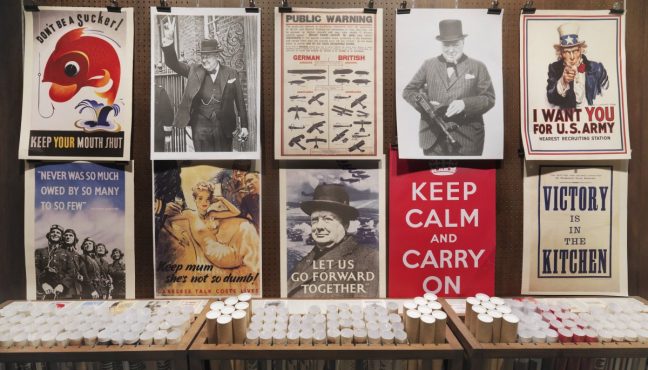Not many people know that Japan is one of the few places in the world where it is common practice for established art collectors to set-up their own museums in order to share their passion for art with the public. Having traveled extensively around Japan, we at Museeum are continually impressed by how creative and careful Japanese collectors are with their art possessions and how much delicacy and natural elegance they show in exposing the works of their beloved artists.
One of our recent trips brought us to the delightful Nakamura Keith Haring Collection. The collection succeeded in confirming the above and left us greatly impressed. Located a bit more than two hours drive north from Tokyo, Nakamura Collection is a wonderful example of how an individual’s passion can turn an entire area into an important cultural destination. The museum houses the private collection of Mr. Kazuo Nakamura which contains more than 190 iconic works of Keith Haring. The futuristic building was designed by the renowned Japanese architect Atsushi Kitagawara and was opened in 2007 in Kobuchizawa, on the outskirts of Yatsugatake Mountains. This volcanic land, which boasts the longest daylight hours in Japan is famous for being one of the key areas where the Jomon culture flourished in the ancient times.
Keith Haring traveled to Japan a few times. During these travels, he collaborated with local schools and initiated several outreach projects, contributed to the Hiroshima Peace Project, had a solo exhibition in Tokyo in 1983, arranged graffiti sessions with local artists and break-dancers and even opened Pop Shop in 1988.
Keith Haring opened his first Pop Shop in Soho, NY, in 1986. With this artistic concept, he aimed at making art accessible to the public, an idea he pursued throughout his work. Pop Shop was selling products Keith designed himself as well as collaborations with his artist friends including the likes of Andy Warhol. Warhol was among the first people to encourage Keith on the Pop Shop idea. However it didn’t gain popularity among art critics and was attacked by them for representing a commercial aspect of art. Pop Shop was indeed a place to sell mass-produced goods. But it was also intended to be a space for Keith’s art projects. He wanted to produce as many art pieces for as many people as possible and keep this idea going for as long as possible. After Keith’s death this statement was posted in Pop Shop.
The second version of Pop Shop was opened in Tokyo in 1988 and it turned out to be an incredible success, although an unusual city choice for many. In the 80s, Tokyo faced a booming economy as well as incredible interest in Western culture. While traveling in Japan, Keith became interested in its traditional culture and he incorporated traditional craftsmanship into his merchandise. Keith wanted his shop to be more than a commercial space to sell products; he intended to create a cultural exchange space. The shop featured a variety of goods especially made for Tokyo. Customers were asked to remove their shoes and were offered to wear slippers designed by Keith himself. The shop was unfortunately closed within a year due to problems with the local authorities. The storefront designed by Haring now belongs to a French art collector.
It was the third incarnation of Pop Shop that attracted us to the Nakamura Keith Haring Collection. The Shop boasts a very bright and colorful design in Haring’s signature patterns, a lovely café with a view of an internal sculptural patio and some very friendly staff members. When you enter the Shop the wave of 80s music sets up your mood and there is no other way but to indulge in the world of Keith Haring shopping. Rarely have we seen such a variety of items, starting from jewelry pieces and fashionable clothes, evening bags and shoes and ending with traditional museum souvenir items like notes, magnets and umbrellas. Among other things we loved was a range of Jean-Michel Basquiat inspired plates and candles and, without any doubt, a huge fashion collection by the renowned stylist Patricia Field. This redhead extravagant native New Yorker is an Emmy award winning and Oscar nominated stylist for her incredible costume design in Sex and the City and The Devil Wears Prada respectively. Field’s outstanding clothes, hats and bags left us stunned and, of course, didn’t let us leave the shop empty-handed. Only after having spent at least an hour in Pop Shop did we proceed to the exhibition.
It is truly incredible how the Nakamura Keith Haring Collection sees its role in preserving Keith Haring’s spirit and concept, and succeeds in sharing and expanding them with future generations.
